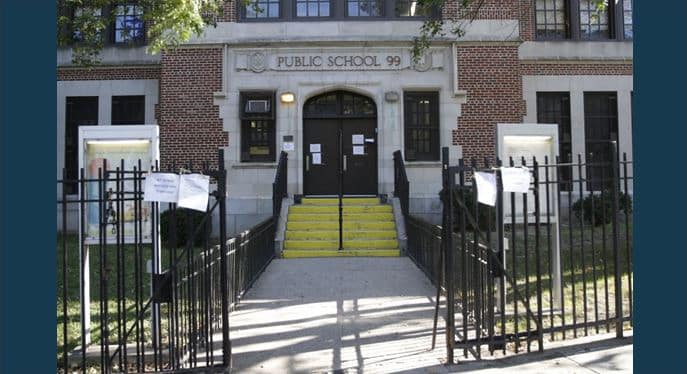
Feb. 12 (UPI) — Schools can open for full in-person learning even in areas with high levels of community spread of COVID-19, provided they implement sound mitigation strategies, U.S. Centers for Disease Control and Prevention officials said Friday.
This includes schools in so-called “red zones” with high levels of disease transmission, which currently encompasses more than 90% of the United States, according to the officials.
However, schools in these regions must ensure that all students, teachers and staff wear masks when attending classes in person, implement steps to allow for physical distancing on-site and curtail sports and other extracurricular activities, officials said.
The recommendations are part of new guidelines released Friday by the CDC.
“With the release of these recommendations, the CDC is not mandating that schools reopen,” CDC Director Dr. Rochelle P. Walensky said during a call with reporters.
“We are simply providing schools with a long-needed road map,” she said.
About 60% of school districts across the country are conducting some degree of in-person learning, though most of those are using a “hybrid model” that includes online instruction, according to Walensky.
Just 5% of the United States currently meets the criteria for low levels of virus transmission — considered fewer than nine new cases per 100,000 in the general population over the previous seven days, and less than 5% test positivity — according to the agency.
Schools that are not located in regions with low levels of COVID-19 transmission will need to implement “mitigation strategies” to open safely.
This includes “universal masking” policies — and 100% compliance with them — among students, teachers and staff and physical distancing of 6 feet more among everyone on-site.
In addition, encouraging frequent hand-washing and “respiratory etiquette,” such as covering of the mouth and nose when coughing or sneezing, and cleaning and disinfecting of school facilities, supplies and equipment can also improve safety and limit transmission.
Ideally, schools would also have routine testing and contact tracing protocols in place.
Currently, students, staff and teachers should be tested for COVID-19 at least once a week and positive cases should be traced to identify instances of possible disease spread, the CDC said.
Implementing all of these strategies together is called “layered mitigation,” and it is based on the principle that all of them provide some level of protection individually but that maximum safety is achieved when they are put in place simultaneously, Walensky said.
Fewer than 10% of all confirmed COVID-19 cases in the United States involve children aged 5 to 17, and research indicates that children are not significant drivers of disease spread. Walensky noted, however, that areas in which schools are closed have had higher rates of community spread than those in which schools are open.
Schools should also take steps to improve ventilation when possible.
All mitigation strategies may have to remain in place even after the majority of the population has been vaccinated against COVID-19 to protect against new outbreaks or the spread of other respiratory viruses, Walensky said.






